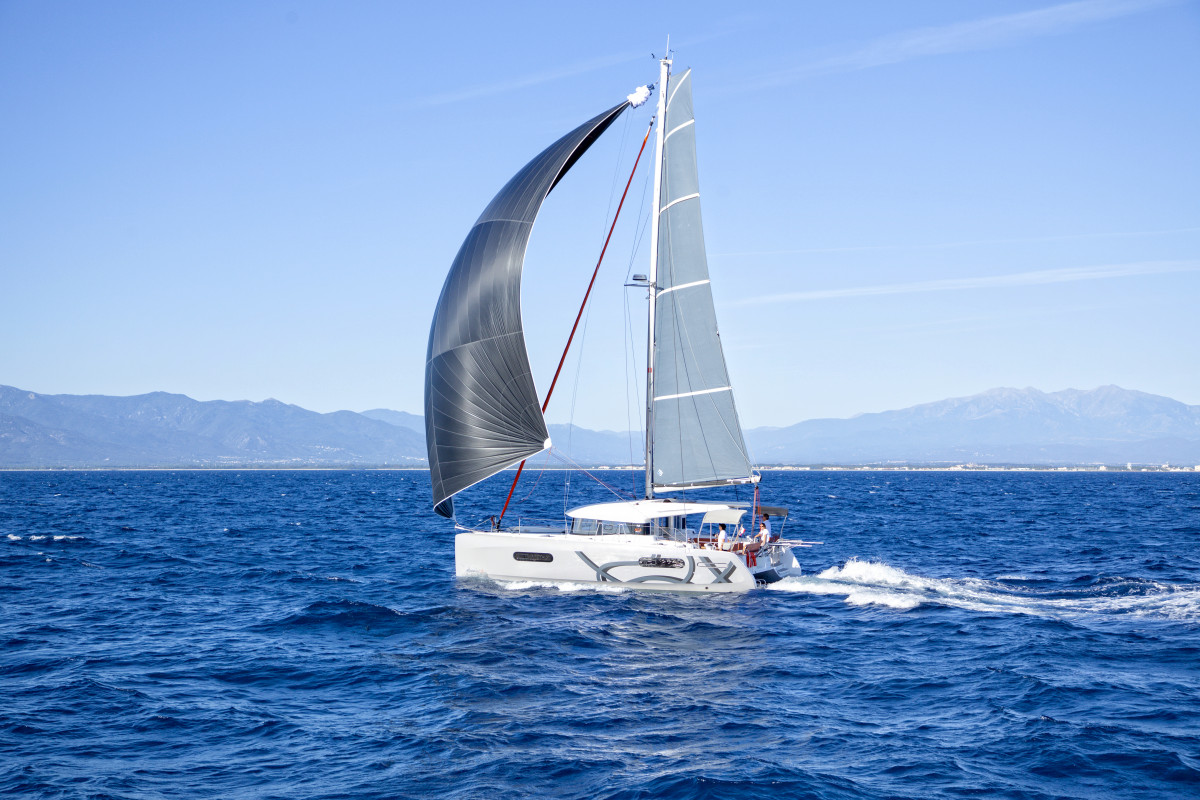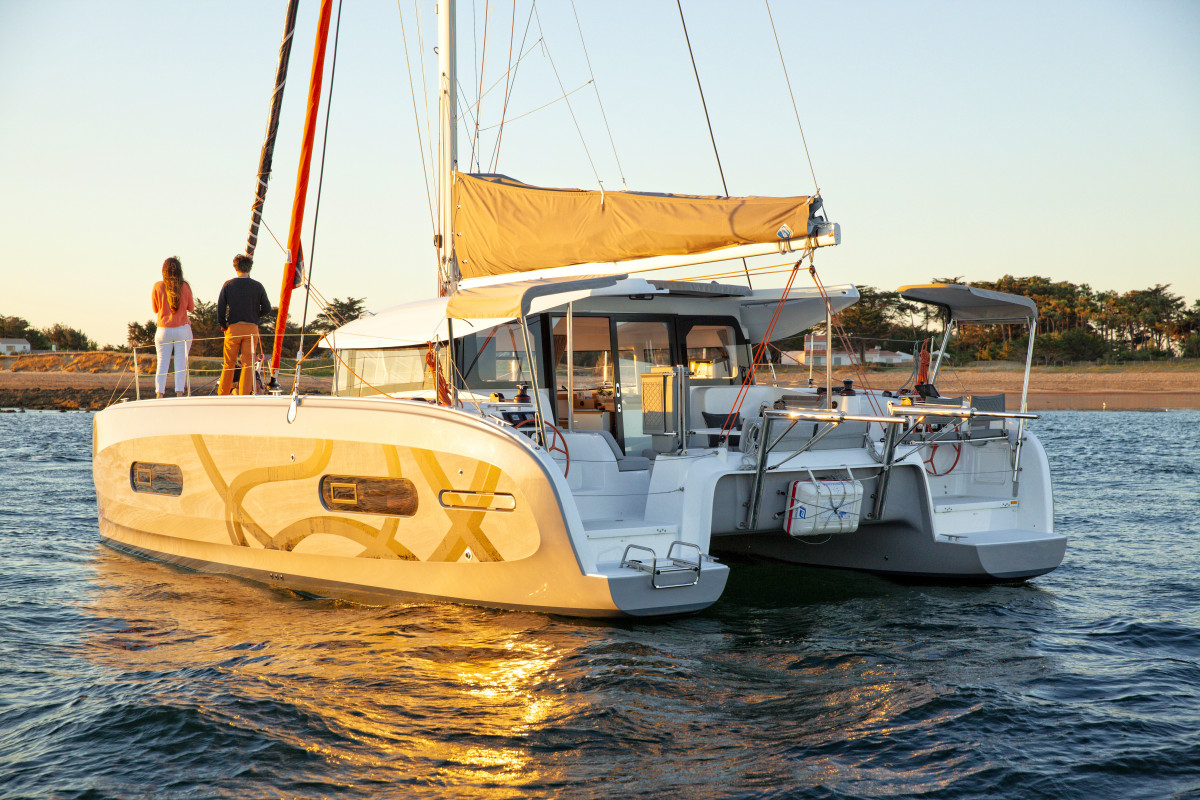The draft

As you will have understood from the video, the shape and dimensions of the keels on a catamaran have a direct impact on the boat’s performance.
It is essential to remember that for the same keel area, a greater keel height (and therefore a greater draft) will significantly improve the catamaran's performance on points of sail closer to the wind, without reducing its performance downwind.
Initial calculations even show that the boat gains 10% “efficiency” if the draft is increased by 200 mm and the “chord” of the keel is shortened.

Of course, this notion is very much linked to your individual use and your sailing needs. For example, some sailors will favor the pleasure of being able to get closer to the shoreline in an anchorage, or be able to take coastal routes, over performance.

The Excess LAB team is currently considering the best compromise regarding the height of the keels on the brand's future catamarans. For information, the current average draft is 1.35 m (Excess 12).




They are many geometries and solutions of centreboards (pivoting, sliding, keel-integrated, etc.. ) that have been developed, mostly for monohulls willing to beach.
Most of those solutions may indeed be fitted onto catamarans, they could give better upwind performance and shallow draft advantages.
But, all those solutions add complexity, weight, immersed moving parts, cost, etc…
Daggerboards is the preferred solution for most performance cats, but they still have drawbacks (less accommodation space, potential failures, blocking, leakages, more manoeuvring and maintenance, overcost…)
On the Excess 14, Vincent Lauriot Prévost (VPLP) proposed to try and optimise the only simple and inexpensive solution : Fixed fins
It is a compromise, yes we do have more draft than a catamaran with daggerboards, and till now all the CFD studies (subject of the article) were promising but theoretical…
Now the boat exists, what about looking at the result?
Last week we had several press trials, and sailed together with larger (daggerboard-equipped) performance cats (Balance, Catana, C-cat, etc…), giving us challenging comparison !
The journalists (and ourselves^^) were really surprised with the pointing, manoeuvring and speed capacities of the Excess 14 in this fleet.
The optimised fixed fins really work, actually even better than we ever expected !
Excess are cruising catamarans, our positioning is in between the most comfort-oriented brands, and the performance ones.
This solution of optimised fixed fins really meets the brand DNA : We gain a lot of efficiency compared to comfort cruising cat, without having the complexity of performance cats solutions…
This does not mean we will stop investigating new grounds, but sometimes re-considering an existing simple solution proves very efficient !
Thank you Vincent !!